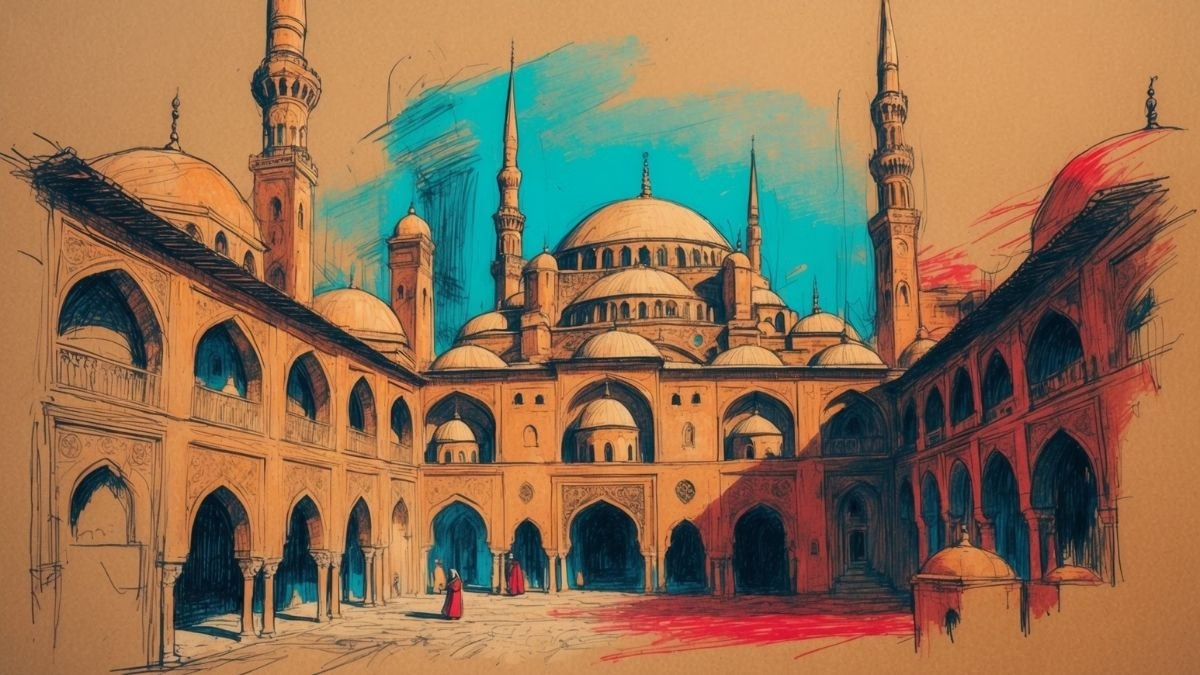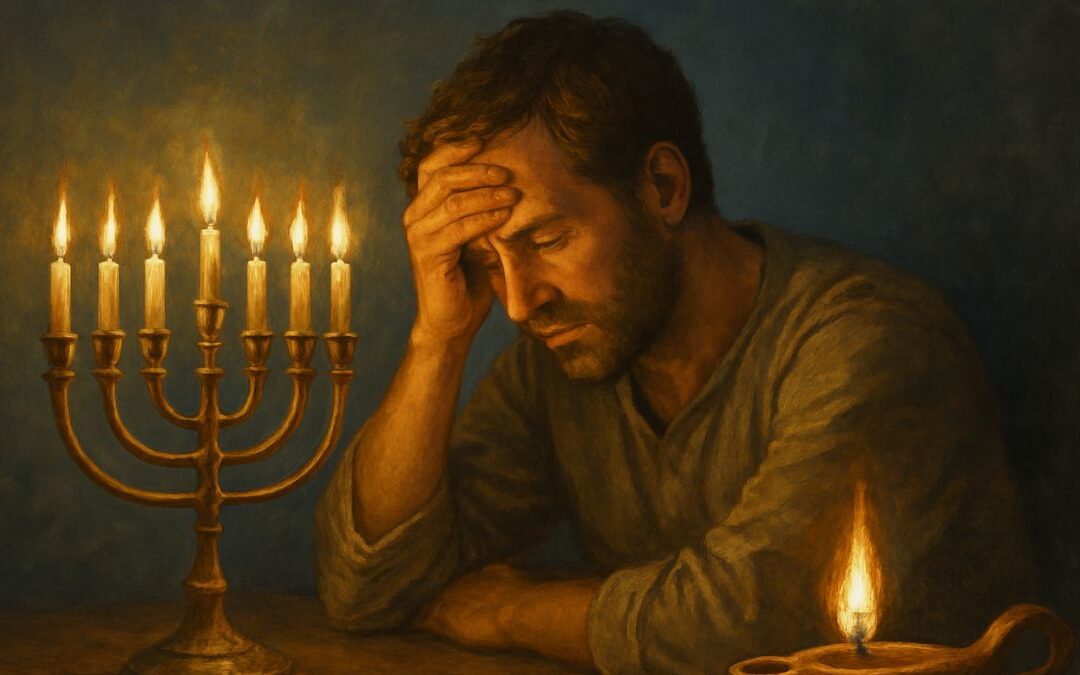Sharpen Your Reading Skills: The Ottoman Empire
Welcome to your reading comprehension workout! The passage below is designed to mirror the style and difficulty of texts you’ll encounter in international exams. Mastering this kind of reading is crucial for success, and we’re here to help you do just that.
Reading Strategies for Success:
Before you begin, let’s talk strategy. For a passage like this, don’t just read from start to finish. Practice these techniques:
- Skim for the Big Picture: Take 60 seconds to quickly read the first sentence of each paragraph. This gives you a mental map of the text’s structure and main ideas.
- Identify the Author’s Purpose: As you read more closely, ask yourself: Is the author trying to explain, argue, or describe? Understanding the purpose helps you anticipate the types of questions that will be asked.
- Engage with the Text: Don’t be a passive reader. Underline key names, dates, and concepts. Circle words that signal contrast (e.g., however, despite) or cause and effect (e.g., therefore, as a result).
Time Management:
To get used to exam conditions, try to read the passage and answer all 10 questions in 18-20 minutes. This is a realistic pace for most standardized tests. Ready? Let’s begin.
The Enduring Legacy of the Ottoman Empire
The Ottoman Empire, a formidable global power for over six centuries, represents a complex tapestry of military conquest, administrative innovation, and cultural synthesis. Emerging from a small Anatolian beylik, or principality, in the late 13th century, its ascendancy was solidified with the capture of Constantinople in 1453 by Sultan Mehmed II. This pivotal event not only marked the end of the Byzantine Empire but also cemented the Ottomans’ position as a dominant force at the crossroads of Europe and Asia. The empire’s longevity can be attributed not merely to its military prowess, epitomized by the elite Janissary corps, but also to its sophisticated and pragmatic administrative structures.
At the heart of the Ottoman system was a remarkable approach to governing a vast, heterogeneous population. The millet system, for instance, was a testament to this pragmatism. It allowed religious and ethnic minorities—such as Orthodox Christians and Jews—a degree of autonomy to govern their own affairs according to their own laws and customs, under the broader umbrella of Ottoman rule. This structure was instrumental in maintaining relative peace and stability across a sprawling territory that encompassed parts of three continents. Furthermore, the centralized bureaucracy, meticulously organized and managed from the Topkapi Palace in Istanbul, was a model of efficiency, enabling the seamless collection of taxes and administration of justice across its numerous vassal states and provinces.
The cultural output of the Ottoman Empire was as rich and diverse as its population. Ottoman contributions to architecture, particularly the grand mosques designed by masters like Mimar Sinan, are world-renowned for their soaring domes and intricate tilework, blending Byzantine and Islamic artistic traditions. In the realms of science and literature, the empire was a conduit for knowledge, preserving and translating ancient Greek, Persian, and Arabic texts while also fostering its own intellectual traditions. Calligraphy, poetry, and music flourished, creating a unique cultural identity.
However, the very factors that contributed to the empire’s strength eventually sowed the seeds of its decline. A combination of military defeats, most notably the failed siege of Vienna in 1683, and the erosion of its technological and economic edge over a rising Europe initiated a slow, protracted decay. Internal strife, corruption within the once-meritocratic bureaucracy, and a growing inability to adapt to the political and industrial revolutions transforming the world order further weakened its foundations. Despite numerous reform efforts in the 19th century, known as the Tanzimat, the empire became the “sick man of Europe,” ultimately dissolving in the aftermath of World War I and giving way to the modern Republic of Turkey and a number of new states in the Middle East and Balkans. Its legacy, however, continues to influence the culture, politics, and identity of the vast region it once controlled.
Reading Comprehension Quiz
Key Vocabulary & Phrases
- Ascendancy: This refers to a position of power, influence, or domination. In the text, we used it to describe the Ottoman Empire’s rise to power: “…its ascendancy was solidified with the capture of Constantinople…”
- Pivotal: Something that is pivotal is absolutely crucial or important, like a turning point. We described the capture of Constantinople as a “pivotal event” because it fundamentally changed the balance of power.
- Prowess: This means great skill, ability, or expertise in a particular activity, especially in battle. We mentioned the empire’s “military prowess” to talk about its strength in warfare.
- Pragmatism / Pragmatic: This is an attitude or policy that is based on practical, sensible considerations rather than being guided by abstract theories. We described the millet system as “pragmatic” because it was a practical solution to governing many different groups.
- Heterogeneous: This adjective describes something that is made up of many different parts or types. We used it to describe the “heterogeneous population” of the empire, which included people of various religions and ethnicities.
- Autonomy: This means the right or condition of self-government. The millet system gave religious minorities a degree of “autonomy” to manage their own communities.
- Conduit: A conduit is a channel for conveying something. In the passage, we used it metaphorically. The empire was a “conduit for knowledge,” meaning it was a channel through which ideas from different cultures were preserved and passed along.
- Sowed the seeds of: This is an idiom that means to start the process that will eventually lead to a particular result, often a negative one. We said the empire’s strengths “sowed the seeds of its decline,” meaning those same factors later caused problems.
- Protracted: This means lasting for a long time or longer than expected. The empire’s decline wasn’t sudden; it was a “protracted decay” that happened over many years.
- Legacy: This refers to something that is left behind by a person or event from the past. We ended by talking about the empire’s “legacy,” which is the influence it still has on the modern world.










0 Comments